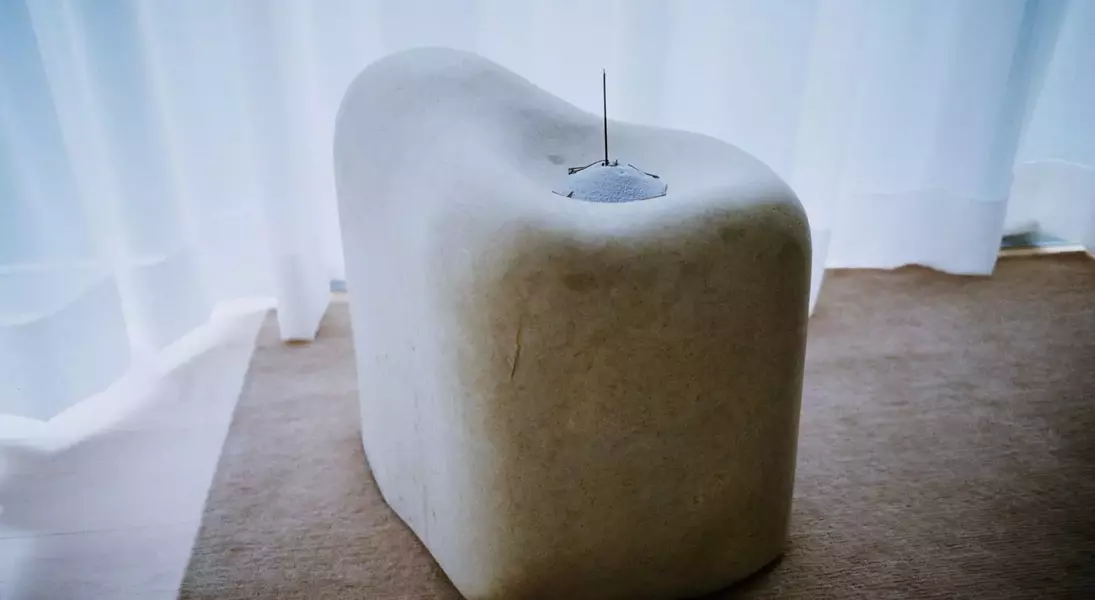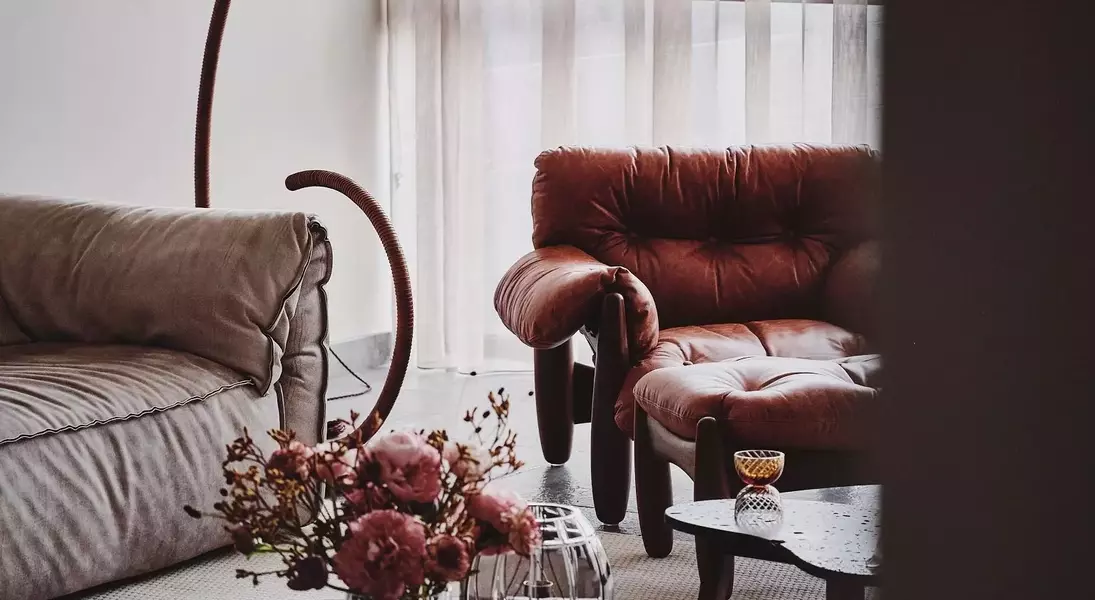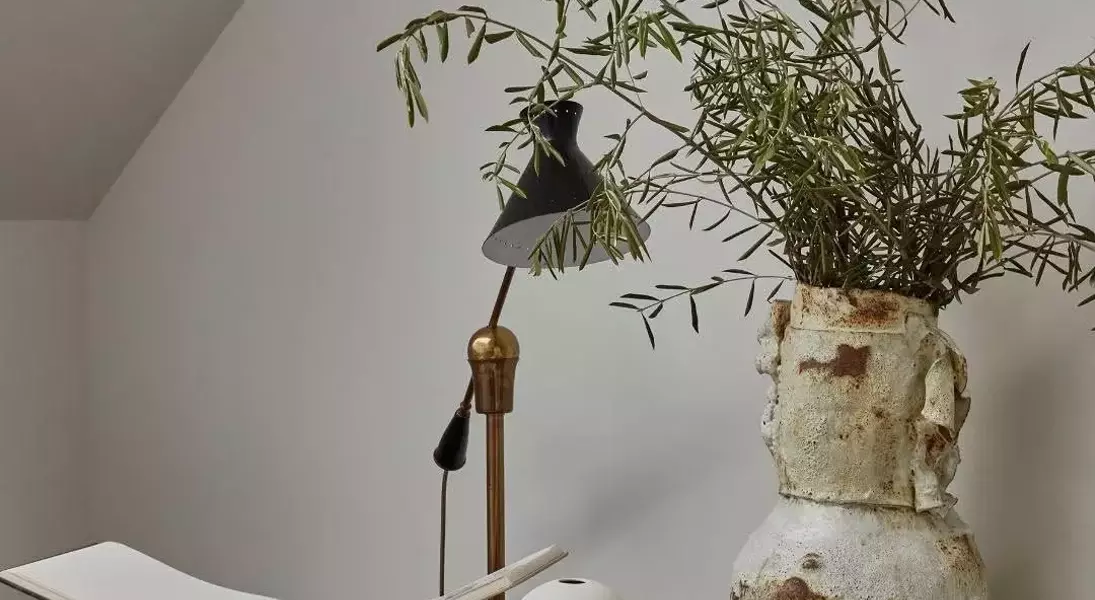




In an era where personal sanctuaries are more vital than ever, the subtle yet profound influence of aroma in domestic settings is gaining significant traction. This emerging practice, known as 'scentscaping,' involves the deliberate curation of fragrances to evoke particular moods, memories, and sensations within different areas of a home. Beyond mere pleasant smells, scentscaping taps into the biological connection between olfaction and the brain's emotional and memory centers, offering a sophisticated method for enhancing psychological comfort and defining the character of living spaces.
The burgeoning market for home fragrances underscores this growing interest, with scented candles and incense leading the charge. What was once a niche interest has transformed into a mainstream phenomenon, embraced by high-fashion brands and celebrities alike. Experts like Pippa Jameson, founder of The Sensory Home, emphasize the intrinsic link between our immediate environment and mental well-being, asserting that scent can alleviate anxiety, elevate spirits, and instill a profound sense of belonging. The COVID-19 pandemic further amplified this awareness, as prolonged periods indoors shifted collective focus towards the intricate interplay between our physical surroundings and our internal states.
Scentscaping extends far beyond simply lighting a candle; it's an intentional design strategy. Franky Rousell, from the interiors firm Jolie, describes it as 'harnessing fragrance to guide emotional responses and enhance the overall sensory experience of an environment.' Her firm creates tailor-made scents designed to stimulate creativity in collaborative zones or foster tranquility in relaxation areas. This bespoke approach draws parallels with its established use in event planning, such as weddings, and corporate branding, where scent helps forge stronger emotional bonds and loyalty. The application of these principles to home design allows individuals to consciously craft an olfactory journey that complements their lifestyle and personal preferences.
Interior designers are increasingly integrating scentscaping into their practice from the initial stages of a project. Miminat Shodeinde, a London-based designer, starts by understanding a client's preferred scent notes—be they earthy, aquatic, or floral—to develop custom incense and burners. Similarly, Jolie employs 'emotive keywords' to understand how clients envision each space feeling, then meticulously selects fragrances that align with those desired moods, drawing on neuroscience research and consulting with aromatherapists. This methodical process considers fragrance as a complex composition, with base notes providing a foundational rhythm throughout the property, while top notes introduce lighter, more playful accents, creating an 'orchestral ensemble' of aromas.
One innovative application of scentscaping is the creation of 'scent zones' within a home. For example, in a Southeast London project, Jolie strategically placed relaxing base notes of sandalwood and patchouli throughout, while introducing amber in the entrance for a sense of warmth and prestige, and neroli in the kitchen to promote refreshment. This zoning is particularly beneficial for those working remotely, where the boundaries between professional and personal life can blur. By associating distinct fragrances with different areas, individuals can establish 'invisible boundaries' that facilitate mental shifts from focused work to restful relaxation, signaling neurological cues to the brain. Brigette Romanek, an interior guru for celebrities, further customizes this by layering scents and incorporating natural elements like fragrant fruits, herbs, and flowers to create personalized 'scent styling.'
The collaborative process between designers and clients often culminates in a blind smell test, ensuring the selected fragrances resonate deeply with the homeowner's desired experience. Companies like Air Aroma, a global scent branding agency, are also seeing increased demand for personalized home scents. CEO Alan van Roemburg highlights that residential scent design has become a new form of self-expression, aiming to encapsulate a client's 'life journey expressed in scent.' This includes exploring nostalgic aromas or magical feelings, reflecting individual tastes, upbringing, culture, and memories. Ultimately, moving beyond purely visual aesthetics to prioritize how a space makes one feel, through the power of scent, creates an environment that truly supports and nurtures its inhabitants.
